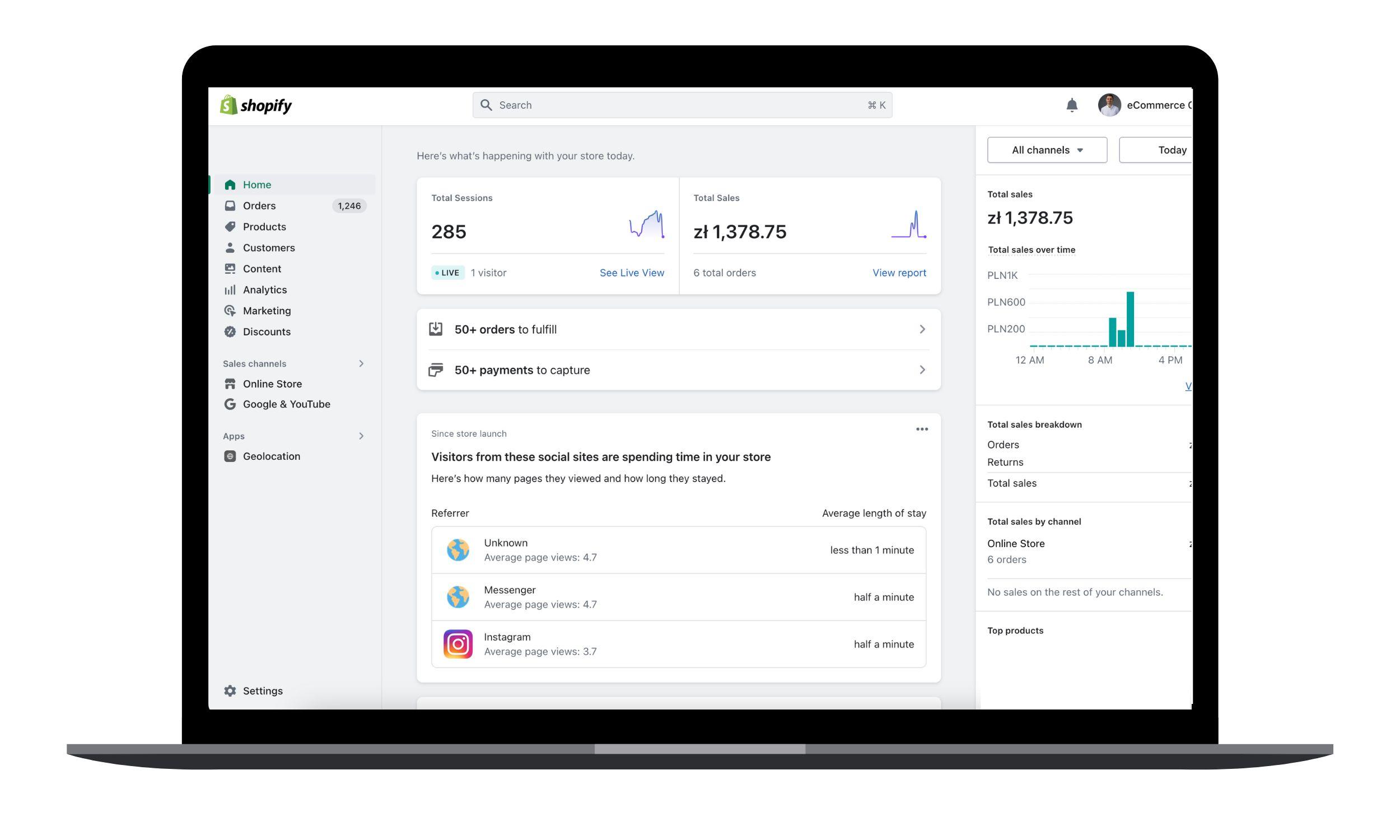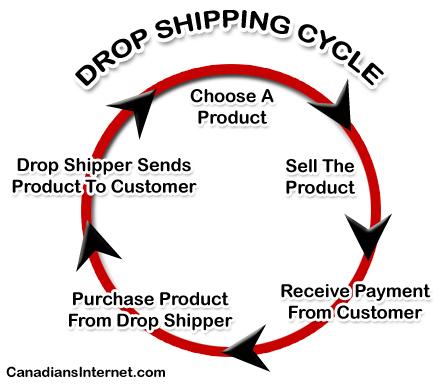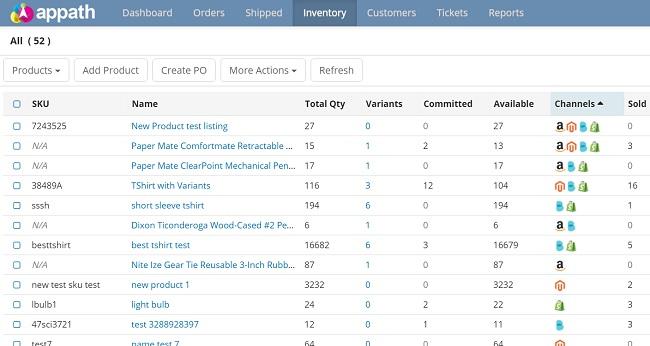Are you looking to supercharge your WooCommerce store and boost your sales without the hassle of attracting new customers? Well, you’re in the right place! Upselling is a powerful strategy that not only enhances the shopping experience for your customers but also increases your revenue. Imagine guiding your customers to discover products they didn’t even know they needed—all while they’re in the buying mood! In this article, we’ll explore the ins and outs of creating effective upsells in WooCommerce.We’ll break down the steps, share tips and tricks, and help you implement strategies that can turn casual browsers into loyal buyers. Whether you’re a seasoned pro or just starting out, you’re about to unlock the potential of your online store. Let’s dive in and transform your sales strategy today!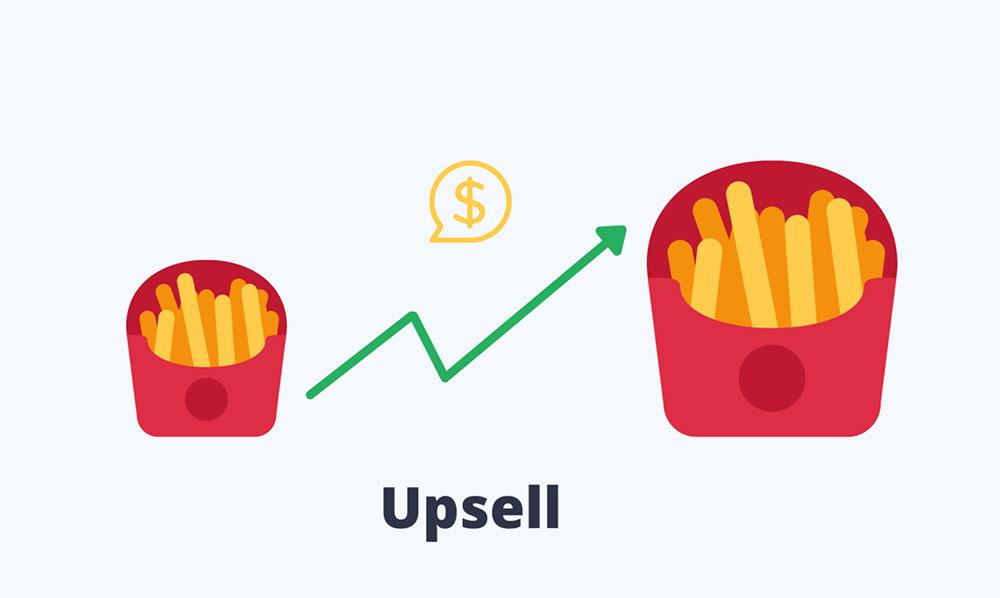
How Upselling Works in WooCommerce and Why It Matters
Upselling in WooCommerce is all about presenting customers with options that complement their original purchase, enhancing their shopping experience while increasing your sales. this strategy leverages product relationships to suggest higher-quality items or additional accessories, thereby encouraging customers to spend a little more. By integrating upsell techniques effectively, you can significantly elevate the average order value.
When setting up upsells in your WooCommerce store,it’s essential to do a bit of groundwork. Consider the following aspects:
- Know Your Products: Understand how items complement each other. As an example, if someone is buying a camera, suggest a lens or a protective case.
- Utilize Customer Data: Track purchase history and preferences to tailor upsell suggestions that resonate with your audience.
- Clear and Attractive Display: Ensure that your upsell offers are visually appealing and easy to understand, ideally placed on the product page for immediate visibility.
Implementing upsells effectively can lead to more than just increased sales; it enhances customer satisfaction by providing them with solutions they might not have considered. When customers see relevant suggestions, they often feel you genuinely care about their needs rather than just pushing for a sale.This builds trust and can lead to repeat business.
To illustrate how upselling impacts your sales, consider the following table that showcases a potential upsell scenario:
| Product | Base Price | Suggested Upsell | Upsell Price |
|---|---|---|---|
| Smartphone | $699 | Premium Case | $49 |
| Laptop | $999 | Extended Warranty | $199 |
| Bluetooth Speaker | $149 | Portable Charger | $29 |
In each case, the upsell not only enhances the original purchase but also increases your revenue potential. It’s an prospect to remind customers of what they might need post-purchase, turning a one-time sale into an occasion for increased profitability.
Choosing the Right Products for Effective Upselling
When it comes to increasing sales through upselling,selecting the right products is crucial. You want to ensure that your recommended items complement the original purchase and offer genuine value to your customers. Hear are some key factors to consider:
- Relevance: Choose products that are related to the item in the shopping cart.For instance, if a customer is buying a camera, suggest a camera bag or an extra lens. This not only enhances the customer’s experience but also encourages them to spend more.
- Price Point: The upsell should be priced relatively close to the original item. If the price difference is too large, it might deter customers. Highlighting a premium version of a product or a bundled deal can work wonders.
- customer Segmentation: Understand your audience. Use data analytics to identify customer preferences and tailor your upsell products accordingly. For example,if a segment frequently purchases eco-amiable products,suggest related lasting options.
Additionally, presenting upsells in a visually appealing manner can significantly influence buying behavior. Consider using a simple table layout for displaying upsell options effectively:
| Original Item | Recommended Upsell | Price |
|---|---|---|
| Bluetooth Headphones | Noise Cancelling headphones | $199 |
| Smartphone | Phone Case & Screen Protector | $39 |
| Fitness Tracker | smartwatch | $249 |
Another strategy is to leverage customer reviews and ratings to enhance your upsell options. Customers are more likely to consider products that have positive feedback. Highlighting these testimonials or showcasing “Best Sellers” can create a sense of urgency and desirability around the recommended items.
Lastly, remember to test your upselling strategies continuously. Monitor which products convert well and adjust your offerings based on performance. This iterative approach will help you refine your upselling tactics over time,ensuring that you’re always presenting the most compelling options to your customers.
Crafting Compelling product Descriptions That Sell
When it comes to online shopping, the product description serves as the virtual salesperson. It’s your opportunity to captivate the customer and convey the value of your product. A well-crafted description should not only inform but also entice potential buyers. To achieve this, consider incorporating the following elements:
- Emotionally Engaging Language: use words that evoke feelings. Instead of saying, ”This is a durable bag,” try “Experience the thrill of adventure with our rugged, travel-ready bag that stands up to your wildest excursions.”
- Benefits Over Features: While features are significant, customers are more interested in how a product will improve their lives. highlight how your product solves a problem or enhances their experience.
- Imagery and Sensory Details: Paint a picture with words.Describe not just what the product is, but what it feels like to use it. Such as, “Imagine the silky softness of our organic cotton sheets against your skin, promising a restful night’s sleep.”
Along with compelling language, consider structuring your descriptions for easy readability. Short paragraphs, bullet points, and bolded key phrases can help draw attention to the most important aspects of your product. This format caters to the modern shopper’s scanning habits while ensuring they grasp the essential details quickly.
A table can also serve as an effective tool to summarize key features or comparisons, making it easier for customers to make informed decisions.Here’s a simple example:
| Feature | Product A | Product B |
|---|---|---|
| Material | 100% Organic Cotton | Polyester Blend |
| Size | Queen, King | Full, Queen |
| Care Instructions | Machine Washable | Dry Clean Only |
Lastly, ensure your product descriptions align with your brand’s voice and are consistent across your website. This consistency builds trust and helps customers feel at home while shopping. By creating descriptions that resonate with your target audience, you’re not just selling a product; you’re inviting them into a lifestyle that your brand represents. Let your descriptions tell a story, and watch as they convert casual browsers into loyal customers.
Using Plugins to Enhance Your Upsell Strategy
Enhancing your upsell strategy in WooCommerce can significantly increase your average order value, and using plugins is a powerful way to implement effective upselling techniques. With the right tools, you can create a seamless customer experience that encourages shoppers to add more items to their carts before checking out.
There are numerous plugins available that can help you craft compelling upsell offers. Some of the standout options include:
- WooCommerce One Click Upsell Funnel: This plugin allows you to create one-click upsell offers after a customer makes a purchase, streamlining the process and increasing the likelihood of additional sales.
- Cart Updater for WooCommerce: This handy tool can suggest related products directly in the cart, prompting customers to consider complementary items they may have overlooked.
- WooCommerce Product Recommendations: This plugin analyzes customer behavior to suggest personalized upsell options based on previous purchases and browsing history.
Implementing these plugins can be straightforward, but it’s essential to customize your upsell offers to ensure they resonate with your audience. Consider segmenting your customer base and tailoring offers that meet the specific needs of different groups. this targeted approach can significantly enhance the effectiveness of your upselling efforts.
Moreover, tracking the performance of your upsell strategies is crucial.Most plugins provide analytics features that allow you to monitor how well your upsell offers are performing. Pay attention to metrics such as conversion rates and average order values to determine which techniques are most effective.
To illustrate the potential impact of these plugins, consider the following table showcasing different upsell strategies and their expected outcomes:
| Upsell Strategy | Expected Increase in Sales |
|---|---|
| One-Click Upsell | 15%-30% |
| Cart Suggestions | 10%-20% |
| Personalized Recommendations | 20%-40% |
Utilizing plugins to enhance your upsell strategy not only improves customer engagement but also maximizes your profit potential. By identifying the right tools and implementing tailored offers, you can create an upsell experience that feels natural and rewarding for your customers.

Creating irresistible Bundles for Increased Value
Bundling complementary products is a powerful strategy for enhancing customer value and driving higher sales. when you create bundles in WooCommerce, you offer customers a compelling reason to purchase more items at onc, often at a perceived discount. This not only increases the average order value but also enhances the shopping experience. Here’s how to craft bundles that your customers can’t resist:
- Identify Complementary Products: Look for items that naturally go together. Such as, if you sell coffee, consider bundling a bag of coffee beans with a stylish mug and a French press. This creates a complete experience for the customer.
- Offer a Discount: Price your bundles attractively by offering a small discount compared to purchasing items separately.Even a 10% discount can make a significant difference in your customer’s decision-making process.
- Highlight the Benefits: Clearly communicate the benefits of purchasing the bundle. use persuasive language that emphasizes convenience, value for money, and the joy of getting everything they need in one click.
To further entice customers, consider using enticing visuals and descriptions that showcase the bundled products. A well-designed layout can make a significant difference in how your bundles are perceived. As a notable example, you can create a visually appealing table to display your bundles:
| Bundle Name | Included Products | Original Price | Bundle Price |
|---|---|---|---|
| Morning Brew Set | Coffee Beans, Mug, French Press | $45.00 | $40.00 |
| Relaxation Package | Scented Candle, Bath Bombs, Face Mask | $35.00 | $30.00 |
Additionally, leverage customer reviews and testimonials to validate the appeal of your bundles. social proof can significantly influence purchasing decisions. Displaying positive feedback directly related to the bundled items can increase confidence and urgency for potential buyers.
Lastly, promote your bundles prominently across your website and in email marketing campaigns. Use bold calls to action that encourage immediate purchases and create a sense of urgency, such as limited-time offers or exclusive deals. By consistently showcasing your bundles, you’ll keep them top-of-mind for your customers, leading to increased conversions and repeat purchases.

Leveraging Customer Data to Personalize Upsell Offers
In today’s competitive e-commerce landscape, personalized upsell offers can significantly enhance customer experience and drive sales. By leveraging customer data, businesses can craft tailored recommendations that resonate with individual preferences and behaviors. Here’s how you can harness this data to maximize the effectiveness of your upsell strategies.
Understanding your customers begins with analyzing their purchase history. Use data from previous transactions to identify patterns and preferences. as an example, if a customer frequently buys sports equipment, offering them a discount on related accessories can be a compelling upsell. Consider the following data points:
- Purchase Frequency: Customers who buy regularly may respond well to exclusive offers.
- Product Categories: Identify which categories a customer engages with most.
- Average Order Value: Higher spenders might be more receptive to premium upsell options.
Another effective approach is to implement behavioral targeting. Track how customers interact with your website—pages visited, items added to their cart, and abandoned checkouts. This details can guide your upsell suggestions. For example, if a customer adds a laptop to their cart but leaves without purchasing, sending them an email with a discount on laptop accessories can prompt them to complete their purchase.
| Customer Behavior | Suggested Upsell |
|---|---|
| Frequent buyer of skincare products | Bundle with a premium moisturizer |
| Browsed high-end electronics | Accessory package at a discounted rate |
| Purchased fitness gear | Offer a personalized training program |
Moreover, consider utilizing dynamic pricing models based on customer segments.By offering exclusive deals to loyal customers or first-time buyers, you can create a sense of urgency and enhance the likelihood of upsells. Employing customer segmentation not only allows for tailored marketing but also fosters a feeling of thankfulness among your customers.
Lastly, continuously collect and analyze feedback on your upsell offers. Use surveys and customer feedback tools to understand what resonates and what doesn’t. Adjust your strategies accordingly to ensure that your upsell offers remain relevant and enticing, keeping your customers engaged and coming back for more.
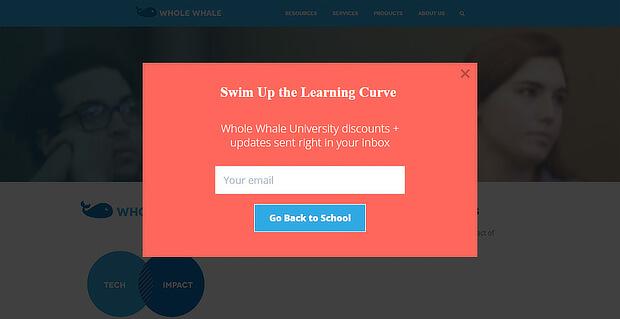
Designing Eye-Catching Upsell Pop-ups and Notifications
One of the most effective strategies to enhance customer engagement and increase average order value is through the use of upsell pop-ups and notifications. These elements can be designed to seamlessly catch the attention of visitors without disrupting their shopping experience. To achieve this, consider the following tips:
- Visual Appeal: Utilize vibrant colors and eye-catching graphics that align with your brand’s aesthetics. A well-designed pop-up should stand out yet feel integrated with your website’s overall look.
- Clear Messaging: Ensure your message is concise and compelling. Use action-oriented language such as “Upgrade Now” or “Don’t Miss Out!” to encourage users to consider the upsell.
- Personalization: Tailor your notifications based on user behavior or preferences. For instance, if a customer frequently buys sports gear, suggest related items that complement their previous purchases.
Timing is crucial when it comes to upsell notifications. Implementing exit-intent technology can definitely help you display pop-ups just as a visitor is about to leave the page. This strategy can reignite interest and prompt them to reconsider additional purchases. Additionally, consider including a sense of urgency by highlighting limited-time offers or exclusive deals. Phrases like “Only 2 Left!” or “Sale Ends Soon!” can create a fear of missing out (FOMO) that drives quicker decisions.
Another effective approach is to utilize a multi-step upsell process. Rather of presenting multiple options at once, guide users through a step-by-step selection. Such as, after a user adds a product to their cart, first confirm the selection, then introduce an upsell suggestion with an enticing image and brief description. This method keeps the user focused and less overwhelmed by choices, enhancing the likelihood of conversion.
it’s vital to track the performance of your upsell pop-ups and notifications.Use tools like Google Analytics or WooCommerce’s built-in reporting features to evaluate metrics such as click-through rates and conversion rates. Continuously refine your designs and messaging based on this data to ensure that your upsell strategy remains effective and resonates with your audience.
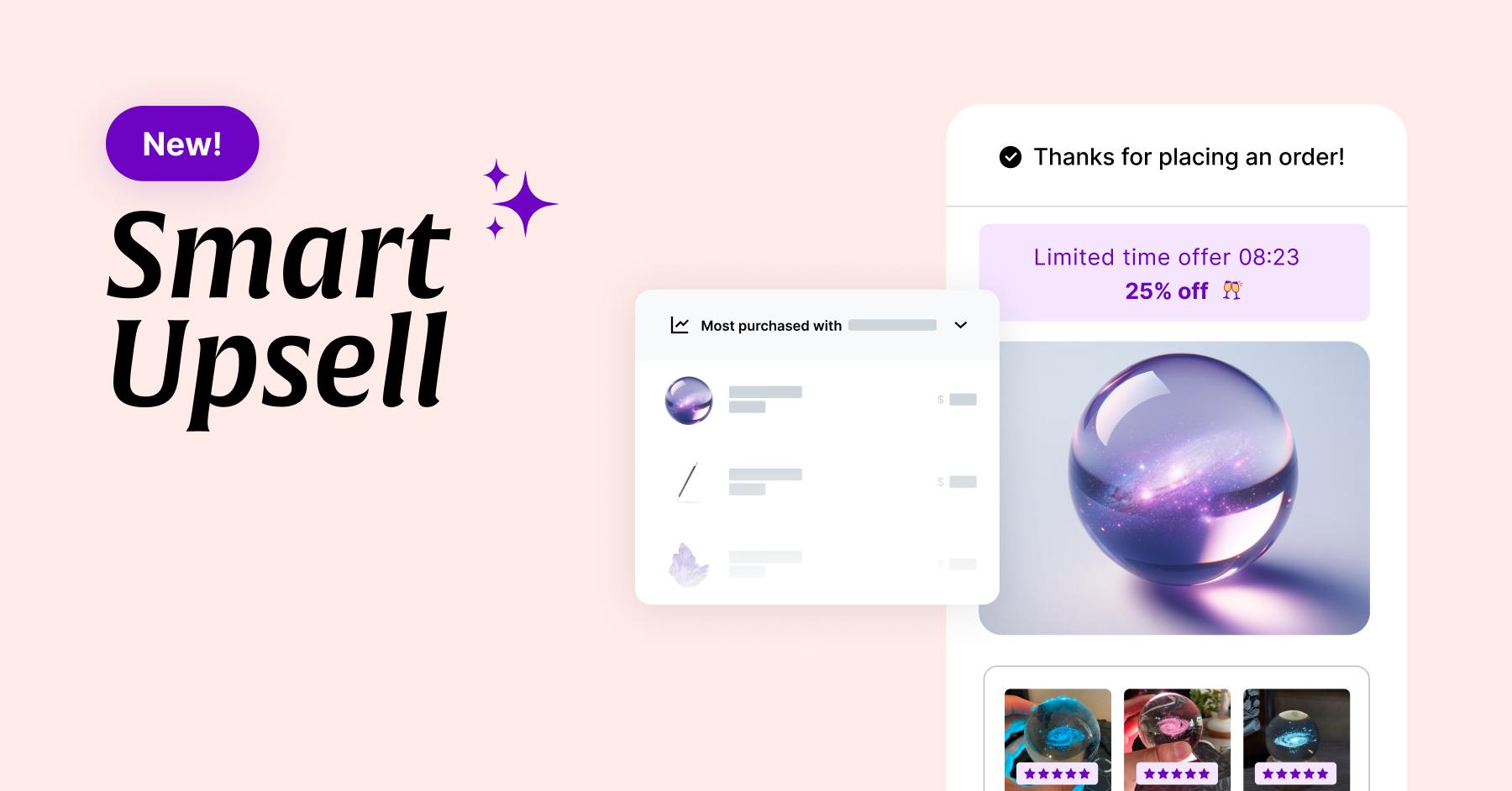
Timing Your Upsell Offers for Maximum Impact
effective timing can make or break your upsell strategy. Understanding when to present these offers is crucial for enhancing customer engagement and boosting your average order value. Here are some key moments to consider:
- Post-Purchase: One of the most effective times to upsell is immediately after a customer completes their purchase. This is when they are most engaged and satisfied with the buying experience. Consider offering complementary products that enhance their initial purchase.
- During Checkout: Integrating upsell offers directly within the checkout process can capture your customers’ attention right as they are about to finalize their purchase. Make sure these options are relevant and not overwhelming.
- Product Pages: When customers are browsing product pages,this is an excellent opportunity to showcase related items or upgraded versions of the product they are considering. Highlighting the benefits of these upsells can encourage customers to explore more.
- Cart abandonment: If a customer adds items to their cart and steps away, sending a follow-up email with upsell suggestions can rekindle their interest. This is your chance to remind them of what they left behind, along with enticing add-ons.
To ensure your upsell offers are compelling, consider the following strategies:
| Timing | Strategies |
|---|---|
| Post-Purchase | Offer bundles that complement the purchased item. |
| During Checkout | Display exclusive discounts on related products. |
| Product Pages | Use customer reviews to highlight the benefits of upsells. |
| Cart Abandonment | Send personalized emails with upsell recommendations. |
By strategically timing your upsell offers, you not only enhance the customer experience but also increase the likelihood of additional sales. Remember, the key is to make these offers feel natural and beneficial to the customer rather than intrusive or forced. Tailoring your upsell moments to align with customer behavior can create a more personalized shopping experience that drives conversions.
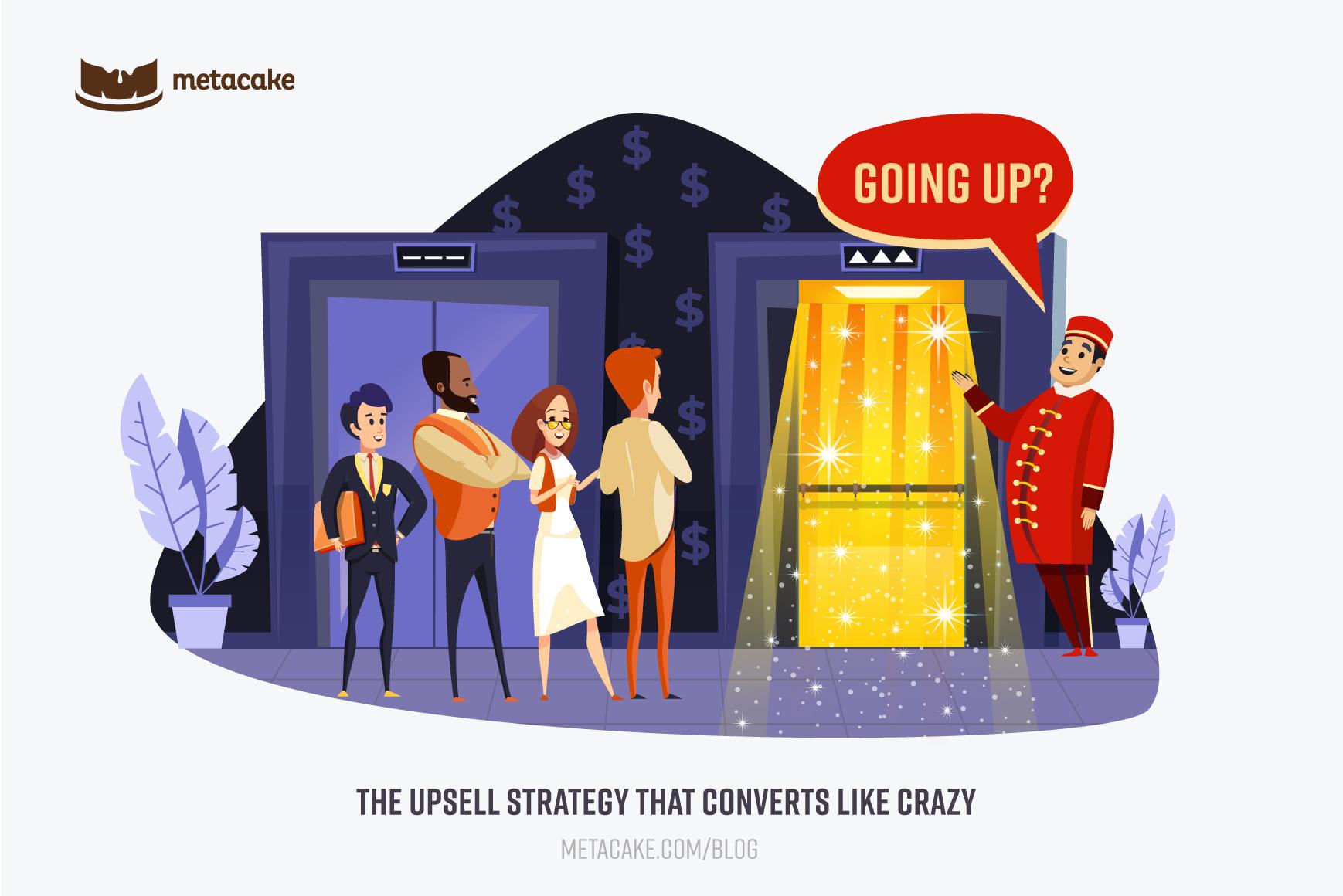
Analyzing Your Results and Refining Your Approach
Once you’ve implemented your upselling strategies in WooCommerce, it’s crucial to take a step back and analyze the effectiveness of each approach. This will not only help you gauge the success of your campaigns but also identify areas for refinement. Consider the following aspects:
- Sales Data: Track changes in your overall sales figures. Have the upsells contributed to increased revenue? If so, by how much?
- Conversion Rates: Monitor the conversion rates of your upsells.Are customers adding suggested items to their carts? Higher conversion rates indicate effective upselling.
- Customer Feedback: Pay attention to customer reviews and feedback. Are they appreciating the upsell suggestions, or do they find them intrusive?
- product Performance: Analyze which products are being upsold successfully. This can help you focus your efforts on items that resonate most with your audience.
To visualize your progress, consider creating a simple table to track your key metrics over time. This will allow you to see trends and make data-driven decisions.
| Metric | Month 1 | Month 2 | Month 3 |
|---|---|---|---|
| Overall Sales | $2,000 | $2,500 | $3,000 |
| conversion Rate (%) | 5% | 6% | 8% |
| Upsell Feedback (Positive %) | 70% | 75% | 80% |
As you analyze these results, be prepared to refine your approach. Perhaps it’s time to tweak your product bundling strategies or experiment with different pricing models. You might also consider A/B testing various upsell offers to determine which resonates best with your audience.
Remember, the key to successful upselling in WooCommerce is not just making a sale but enhancing the customer experience. Tailoring your upsell offers based on customer behavior and preferences will not only boost your sales but also foster loyalty and repeat purchases. Make data-driven adjustments, stay attuned to customer feedback, and continuously evolve your strategy for optimal results.

Building Customer Trust to Encourage Upsell Acceptance
When it comes to implementing upsells in your WooCommerce store, building a foundation of customer trust is paramount. Customers are more likely to accept upsell offers when they feel valued and understood. Here are some key strategies to foster that trust:
- Clarity: Clearly communicate the benefits of your upsell options. Customers appreciate knowing how an additional product can enhance their experience or solve their problems. Use concise, engaging descriptions to outline the advantages.
- Personalization: Tailor your upsell suggestions based on customer behavior and preferences. Leveraging previous purchase history or browsing data can help you present relevant products, making customers feel like you truly know their needs.
- Quality Assurance: Ensure that every product you upsell meets a high standard of quality. When customers trust that you only offer the best, they are more inclined to follow your recommendations.
Another effective approach is to leverage social proof. Displaying customer reviews and ratings for your upsell products can significantly influence purchasing decisions. When potential buyers see that others have had positive experiences, they are more likely to consider your recommendations. Consider integrating a section in your product pages that showcases:
| Product | rating | Review Count |
|---|---|---|
| Premium Widget | 4.8 ★ | 150 |
| Deluxe Widget | 4.5 ★ | 200 |
| Ultimate Widget | 4.9 ★ | 100 |
create an habitat were customers feel supported. Encourage them to reach out with questions about upsells, and ensure your customer service is readily available. by actively engaging with your audience, you demonstrate your commitment to their satisfaction, further solidifying their trust in your brand. Offering a hassle-free return policy on upsell items can also alleviate concerns, making customers more agreeable with their purchase decisions.
Frequently Asked Questions (FAQ)
Q&A: How to Create upsells in WooCommerce to Boost Sales
Q1: What exactly are upsells in WooCommerce, and why should I care?
A1: Great question! Upsells are a fantastic way to increase your average order value by encouraging customers to purchase more expensive items or add-ons related to their current choices.Think of it like this: when you’re about to buy a smartphone, the salesperson suggests a better model for just a little more. That’s upselling! By implementing this in your WooCommerce store, you can significantly boost your sales with minimal effort.
Q2: How can I set up upsells in my WooCommerce store?
A2: Setting up upsells is super easy! First, go to the product editing page in your WooCommerce dashboard. Scroll down to the “Product data” section and find the “Linked Products” tab. Here, you can add products that you want to upsell. Choose items that complement the original product or are a premium upgrade. it’s like saying, “Hey, I think you might love this even more!”
Q3: What types of products work best for upselling?
A3: You’ll want to focus on products that naturally align with each other.As a notable example, if you sell cameras, upselling a high-quality lens or tripod makes sense. Consider offering premium versions of what a customer is already interested in. Remember, the goal is to enhance their shopping experience, so choose items that genuinely add value!
Q4: Can I use upsells in combination with other strategies?
A4: Absolutely! Upsells work wonderfully alongside cross-sells, which encourage customers to buy related products. You can also combine them with discounts or promotional offers for a limited time. Such as, if someone is looking at a pair of shoes, why not offer a matching belt at a special price? The combination can create urgency and increase conversions.
Q5: How can I make my upsells more enticing?
A5: Excellent question! Use compelling product descriptions highlighting the benefits of the upsell items. Also, high-quality images can make a huge difference. You can create a sense of urgency by indicating limited stock or a temporary discount. Don’t forget to include customer reviews to build trust! When customers see that others loved the upsell, they’re more likely to consider it.
Q6: Is there a way to track the effectiveness of my upselling strategy?
A6: Definitely! woocommerce has built-in analytics that allow you to monitor product performance.You can also use plugins like Google Analytics for more in-depth insights. Look for metrics such as conversion rates, average order value, and how particular upsells are performing. By analyzing this data, you can tweak your strategy to maximize results!
Q7: any final tips for boosting my upselling game?
A7: Sure thing! Always keep your customer’s perspective in mind. Focus on enhancing their shopping experience rather than just pushing sales. Test different upselling strategies and see what resonates with your audience. Lastly, keep the communication open—use email marketing to remind customers of those enticing upsells after their purchase. Happy upselling!
By following these tips, you’ll be well on your way to creating effective upsells in your WooCommerce store that will not only boost your sales but also delight your customers.Remember, it’s all about adding value!
Concluding Remarks
Conclusion: Unlock Your Sales Potential with Upsells
and there you have it! Creating effective upsells in WooCommerce isn’t just a strategy; it’s a game-changer for your online store. By thoughtfully integrating upsell options, you can not only enhance your customers’ shopping experience but also significantly increase your revenue. remember, it’s all about providing value—showing your customers how they can get even more from their purchase.
Now that you’ve got the tools and tips at your disposal, it’s time to roll up your sleeves and put these strategies into action.Don’t be afraid to experiment and tweak your approach based on what resonates best with your audience. After all, every store is unique, and what works for one might not work for another.So, go ahead and take that leap! Start crafting your upsell offers today, and watch as your sales soar.You’ve got this, and your customers will thank you for it! Happy selling!


